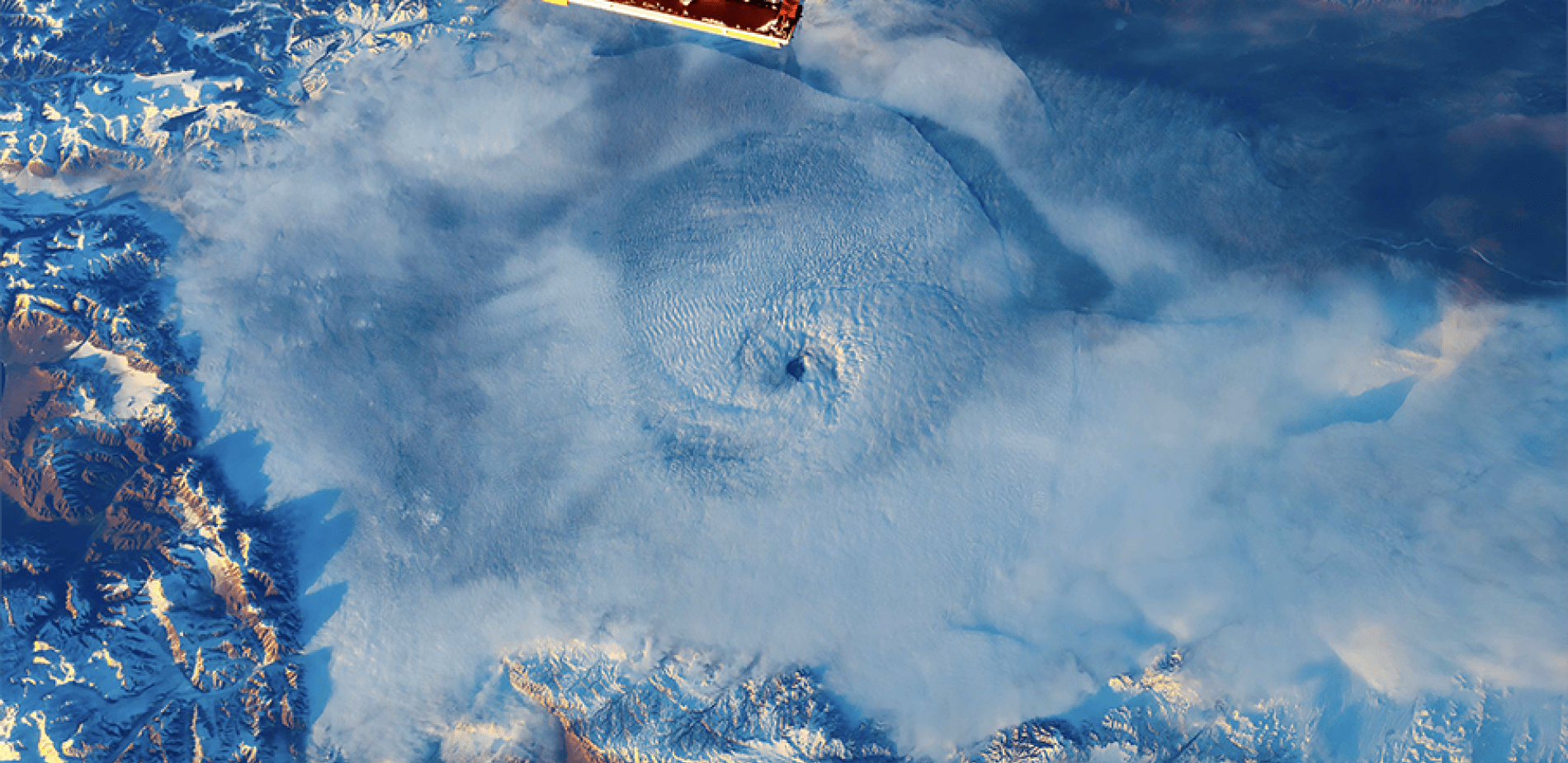
Climate: what science is still seeking
Science has enabled us to understand climate change, its physical mechanisms and humankind’s responsibility. But it’s still struggling to describe the role of clouds and forests and the evolution of rainfall. All essential parameters for better predicting the climate to come.
Investigation by Magali Reinert - Published on , updated on
"Unequivocal" observation and questions
Temperatures on the earth’s surface are currently 1.2 °C higher than in the 1850s-1900s. Through greenhouse gas emissions, this warming is "unequivocally" due to human activities, in the words of the 6th report issued by the IPCC (Intergovernmental Panel on Climate Change) in 2023. Two essential findings that vindicate climatologists’ projections.
Nevertheless, major questions still remain unanswered in the field of climate sciences, and in such conditions, it’s difficult to predict the climate to come in the Anthropocene Epoch.
Computer models of climate are certainly increasingly efficient, for example, when it comes to predicting overall evolution of global warming… but nobody actually lives in the average global temperature! Yet such models still perform poorly in representation of regional climates, i.e. on a more human scale. Hence, they are largely unreliable as regards evolution of rainfall, in particular in Europe’s central strip, from France to Central Asia.
In order to model the climate system’s physical mechanisms more accurately and improve their predictions, scientists are augmenting the spatial and temporal resolution of their models and focusing on still poorly understood factors, including the role of clouds and tipping points.
More AI in the models
Artificial intelligence (AI) algorithms facilitate modelling, which was previously mainly based on climate physics equations: atmospheric circulation, evolution of the cryosphere (ice floes, glaciers, etc.), energy and heat exchanges, etc. For example, AI could take charge of the complex calculations of various processes such as radiation and turbulence at the surface-atmosphere interface. But as it’s trained on observed data, it’s powerless when it comes to predicting unknown climatic states in a world at + 1.2 °C and above. So complete climate models based on AI won’t be available tomorrow!

Extraordinary phenomena
There have been peaks exceeding 50 °C in several places across the world over the past few years; in 2023, Hurricane Otis, off Mexico’s Pacific coast, turned from a category 2 tropical storm into a category 5 hurricane in a matter of hours; a month later, Storm Ciarán hit Europe, bringing a series of depressions in its wake: the list of unprecedented climate events over recent years is a long one.
Of course, such events have always been physically possible, but so rare that they’d never been observed before! Climate change has now made them more probable. In order to anticipate them, climatologists must first of all understand the physical mechanisms underlying these observations and improve their models. For example, modelling of the "atmospheric convection" at work in storms and cyclones: the vertical transfer of air masses, which is extremely complex to model. The challenge here is to be able to predict formation of major hurricanes in under 24 hours.
Scientists must also be able to identify as yet unobserved events in their models. A real challenge, as signs of an extraordinary phenomenon can easily be taken for a simple calculation anomaly. In addition, models don’t provide predictions exceeding 10 days: they deliver probabilities of occurrence. Yet when the probability is very small, it’s sometimes ruled out. In short: scientific modelling still has plenty of challenges ahead!
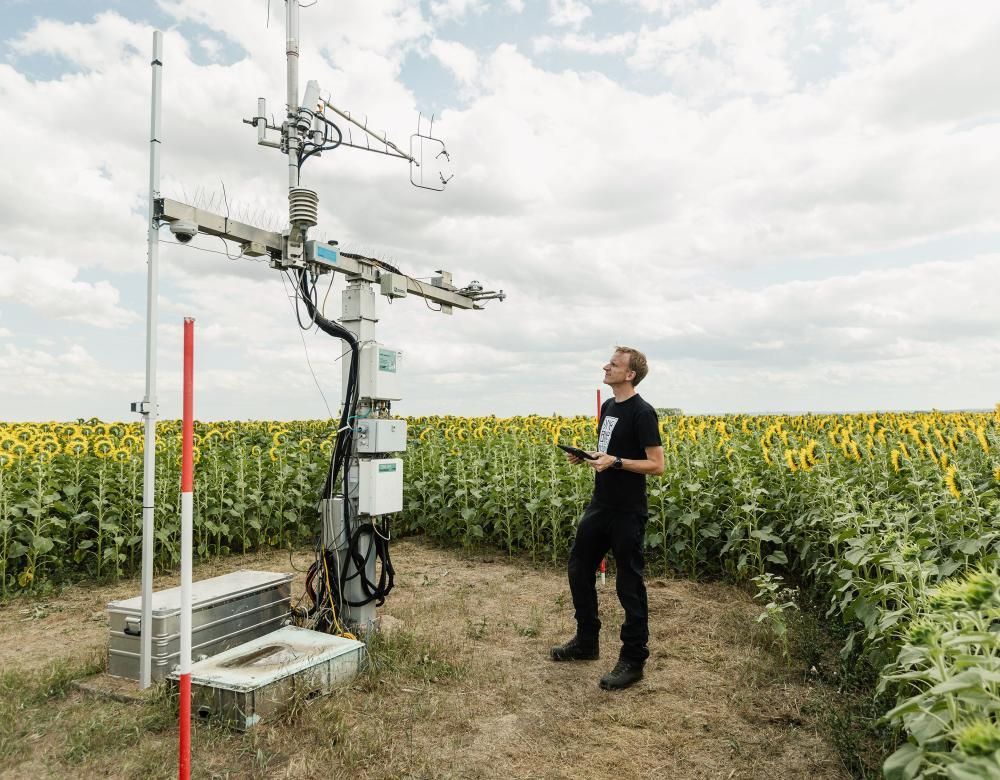
The climate system, a fragmented vision
Weather observations across the globe are essential: they enable monitoring of the climate’s evolution and testing of models’ reliability. Data are supplied by satellite networks, such as Copernicus in Europe, and climate observatories: stations that collect data on temperatures, rainfall and winds in real time. But these observatories are incomplete as they don’t exist in some areas, intertropical and polar zones in particular. Yet improvement of spatial observations doesn’t compensate for this fragmented vision of the climate system, as data on the ground is still essential to calibration of satellites’ indirect measurements.
When the Amazon releases carbon
It isn’t easy to quantify the absorption capacity of Earth’s carbon "sinks". But, generally speaking, studies on carbon storage by forests have been "excessively optimistic", according to a study published in Science in late 2022. In addition, such storage capacity has degraded over time: in France, for example, carbon sequestration by forests has dropped by a quarter in 10 years. Worse still, forests can become net emitters of carbon. Ageing and degraded by fires, the Amazon emitted 18% more carbon than it fixed in the 2010s!
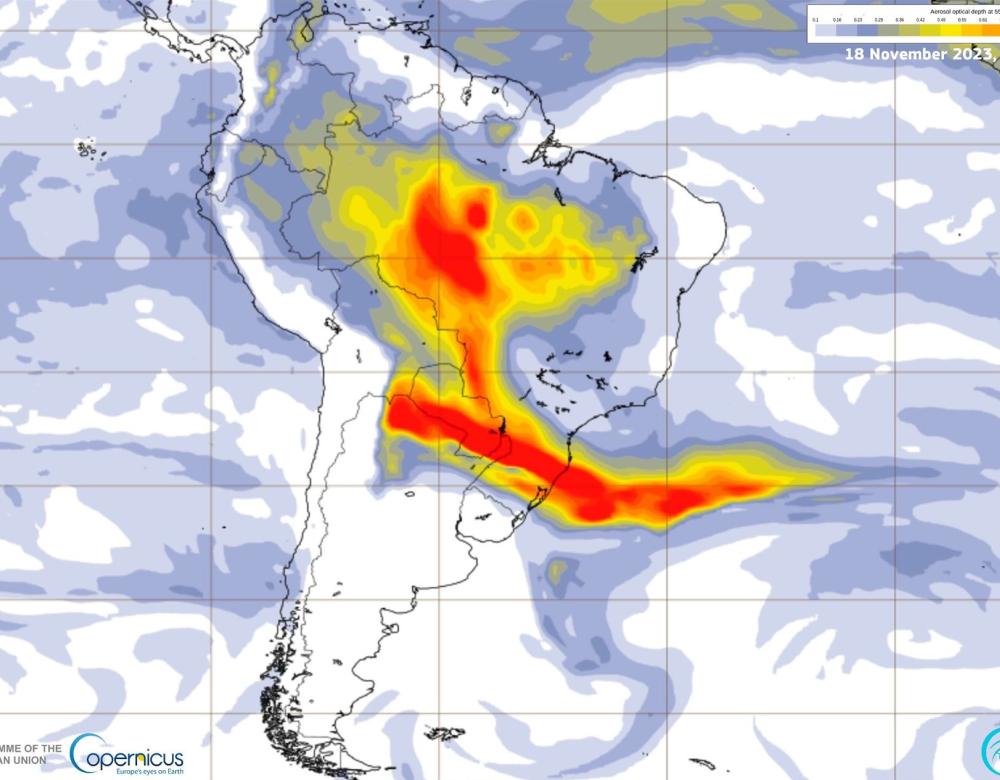
Eliminating carbon: yes, but…
Limiting global warming requires that we achieve the "zero net emissions" objective, the year in which greenhouse gas emissions in the atmosphere due to human activities will be low enough to be compensated by long-term sequestration of carbon. Carbon capture and storage (CCS) technologies seek to contribute to this by recovering the carbon produced by refineries, cement plants and other high-emission industries, in order to bury it in the subsoil. But some industrial emissions will be impossible to avoid or "capture". Confronted with the current rise in emissions, a rise in temperature contained at 1.5 °C would require removal of hundreds of billions of tonnes of carbon from the atmosphere!
To accomplish this, so-called carbon dioxide removal (CDR) methods are under study. The most obvious such method consists of increasing natural carbon sinks, by planting trees for example. Other approaches include injecting carbon into deep geological layers after capturing it directly in the air, and recovering burning biomass emissions in order to create bioenergy.
But many climatologists warn against technologies whose feasibility is yet to be established, knowing that they consume a great deal of energy, water and land; and remain expensive and inefficient. Another major problem: paradoxically, their promise risks delaying decarbonisation of economies. Yet certain phenomena relating to climate change are irreversible, including melting ice.
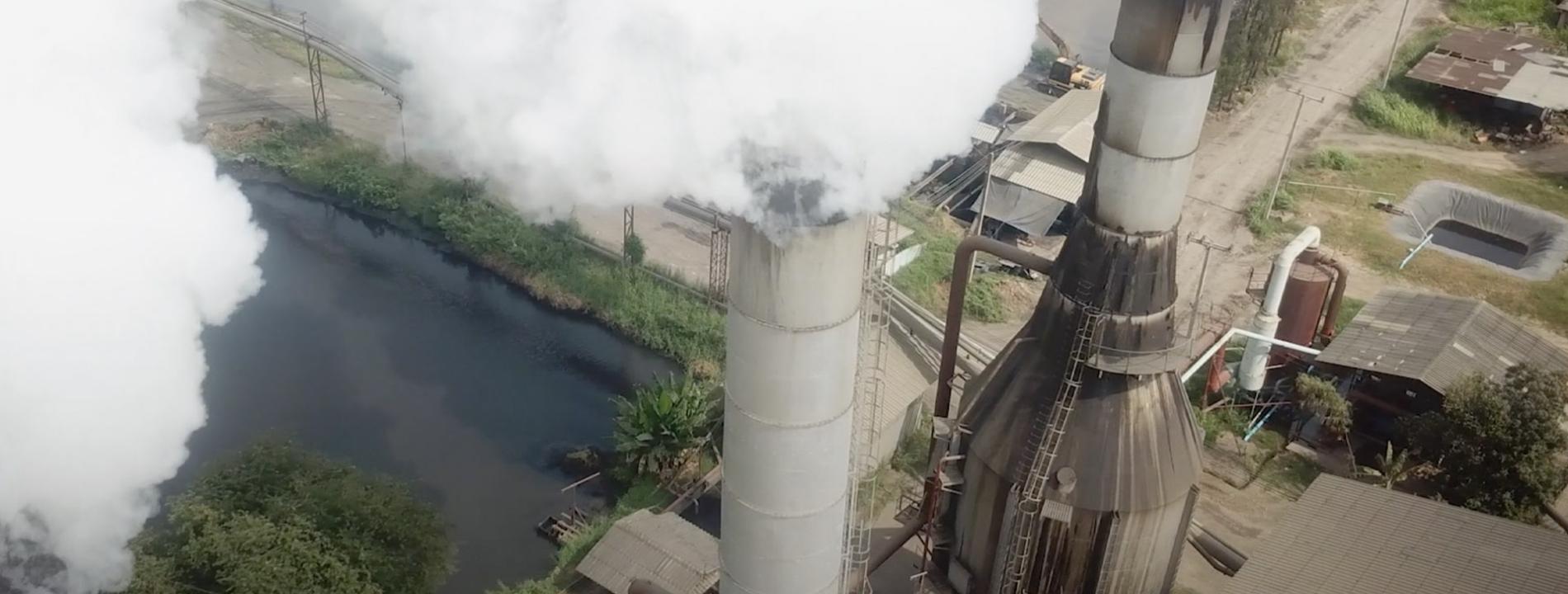

Hydrology that’s hard to model
Evolution of rainfall is harder to predict than that of temperatures, as the evaporation-condensation-precipitation cycle is complex. In addition, rainfall data are more delicate to collect and missing data more difficult to extrapolate. So, with regard to evolution over the last 50 years, it’s no simple matter to distinguish what results from "normal" variability and what is caused by climate change. The same difficulty for streamflows… Therefore, the IPCC’s latest report highlights a main idea: in the future, it will be drier in dry regions and in dry periods and wetter in wet regions and in wet periods.
Ice caps on the brink of a tipping point
Climate tipping points are thresholds which, once crossed, will have a lasting effect on the climate, creating a new, irreversible state. In this regard, the melting of the western Antarctic’s ice cap, at the South Pole, is the greatest source of uncertainty in assessing the rise in sea levels by 2100. Its melting seems inevitable, according to a study published in October 2023. But is it probable in the short term or has it already begun? Scientists still aren’t sure. Depending on scenario, it could contribute to a rise in sea levels of between 30 centimetres and 1 metre by the end of the century.

Clouds, lids and parasols
Clouds influence global warming, which itself modifies their formation: understanding these phenomena of actions and retroactions is a complex business, so much so that cloud feedback remains one of the main sources of uncertainty as to the magnitude of changes to come. It’s the focus of a mission developed by the European Space Agency and its Japanese counterpart, which started with the launch of the EarthCare terrestrial atmosphere observation satellite in May 2024.
Clouds play a major role in the earth’s radiation budget (ERB), in other words, the balance between solar energy received by the climate system and infrared energy re-emitted into space by our planet. A further complexity: depending on their nature and altitude, clouds have contrasting effects.
To put it simply, low, cottony-looking clouds have a " parasol" effect: they cool the globe by reflecting the sun’s rays into space. Conversely, clouds in the upper layers of the atmosphere act as lids, preventing infrared radiation – terrestrial heat – from escaping the atmosphere. These days, on average, clouds have a cooling effect as the parasol effect outweighs the cloud greenhouse effect. But, with climate change, scientists expect the cloud greenhouse effect to become stronger, although how much so is hard to assess, as the IPCC’s 6th report emphasises.
The ambiguous effect of aerosols
The fight against pollution has led to a reduction in aerosols, those fine particles in suspension in the air. So what happens with global warming? Not simple: not all aerosols have the same cooling effect; and they also modify the climate by interacting with clouds. For example, the sulphur dioxide emitted by ships increases clouds’ reflective properties, contributing to cooling. Whence the hypothesis formulated in summer 2023: the decrease in the maritime sector’s emissions may have contributed to the heatwave in the North Atlantic. A hypothesis backed up by a study published in Nature magazine in June 2024.
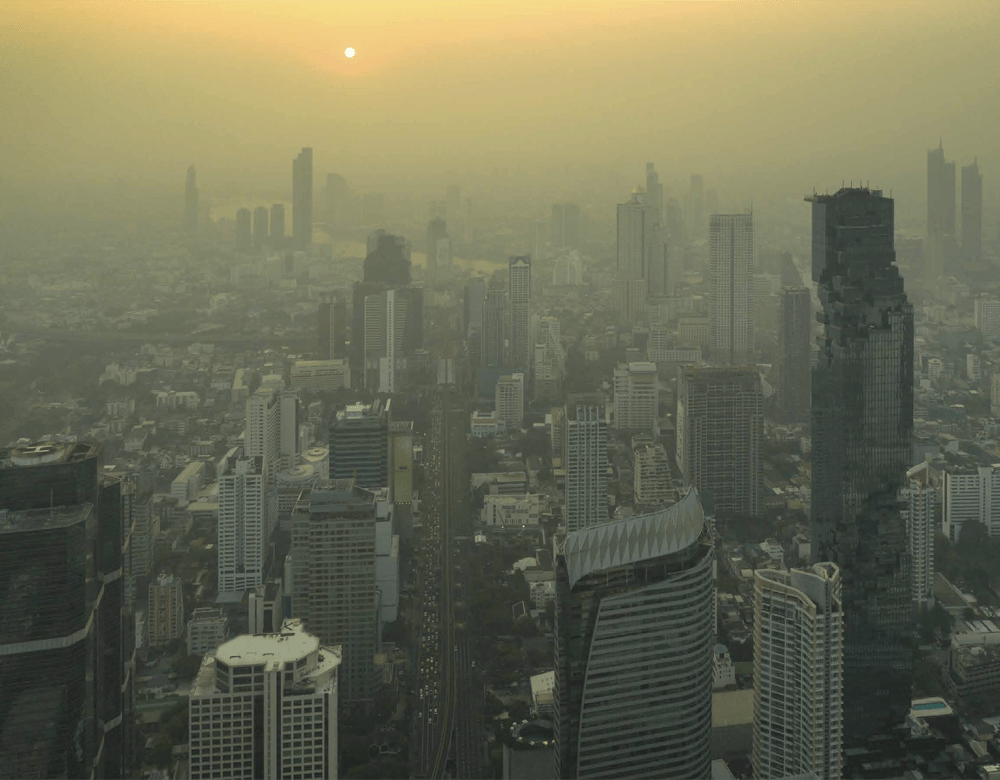
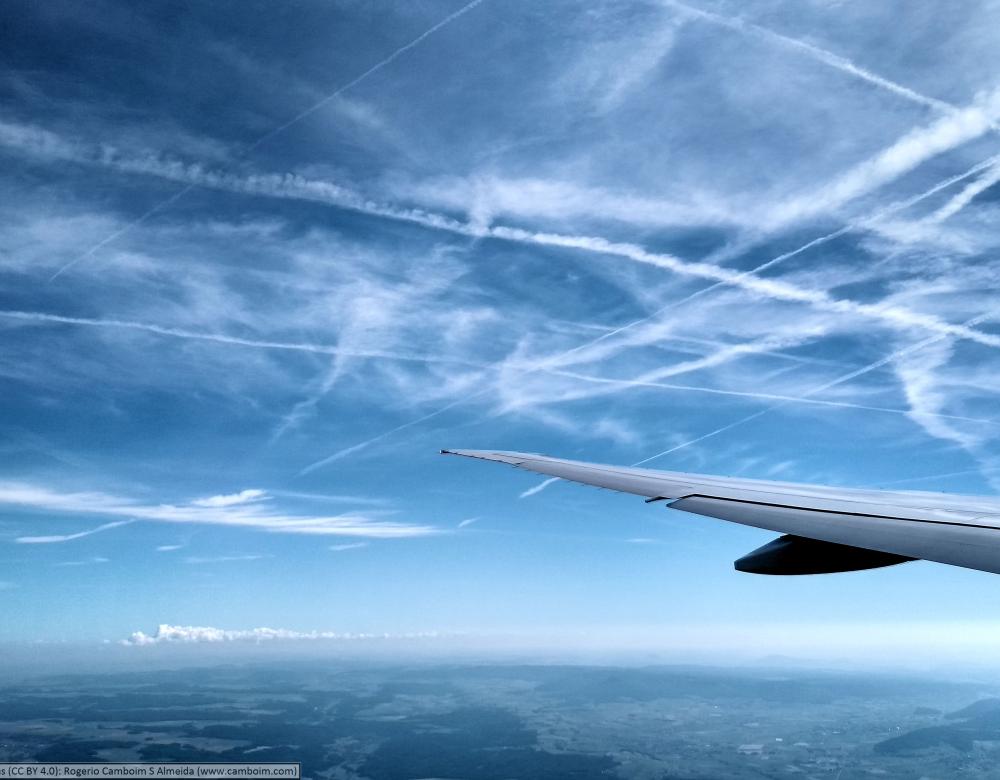
When aircraft make clouds
Aviation’s contribution to climate change can be broken down into two effects, often regarded as being of equal importance: the fossil fuels burnt by the sector and its role in formation of cirrus clouds. In certain atmospheric conditions, the water vapour emitted by aircraft produces lingering condensation trails that turn into cirrus clouds. To substantiate this hypothesis, an international team showed that, during the lockdown year, in 2020, formation of cirrus in flight corridors had significantly decreased.
The ocean in need of ventilation
Major actors in the climate, the oceans have been storing 90% of global warming since the 1970s. But at the price of far-reaching changes with poorly measured consequences. Among the phenomena that concern scientists: the slowdown in ventilation of deep waters. As warming of surface waters and the arrival of fresh water resulting from the melting of ice lighten the layer of surface water, which prevents deeper, denser waters from rising.
Yet the exchange between surface and depths enables deep-sea storage of carbon dissolved in the water or fixed by living beings. If it slows down, the oceans’ "carbon pump", which currently absorbs almost a third of carbon dioxide emissions resulting from human activities, is halted. Another equally worrying consequence: the expected slowdown of deep-sea oceanic circulations, which adds to changes in surface currents influenced by atmospheric winds.
These sea currents influence regional and even global climates, like the Gulf Stream and the Antarctic Circumpolar Current. They also play an essential role in marine ecosystems’ ecological and biological life. Yet scientists still know little about their evolution, because they are located in deep waters and have naturally very variable flow rates. So many uncertainties that affect predictions of the oceans’ future role in climate change.
The end of Europe’s temperate climate?
The IPCC fears disruptions of the Atlantic Meridional Overturning Circulation (AMOC). Going from the equator to the poles, these ocean currents contribute to distribution of heat at global level. Their slowdown could lead to harsher winters in temperate zones such as Europe, and hotter summers. AMOC is based on differences in ocean temperatures, unlike the Gulf Stream, which doesn’t run the risk of stopping as it’s linked to the earth’s rotation and surface winds.


